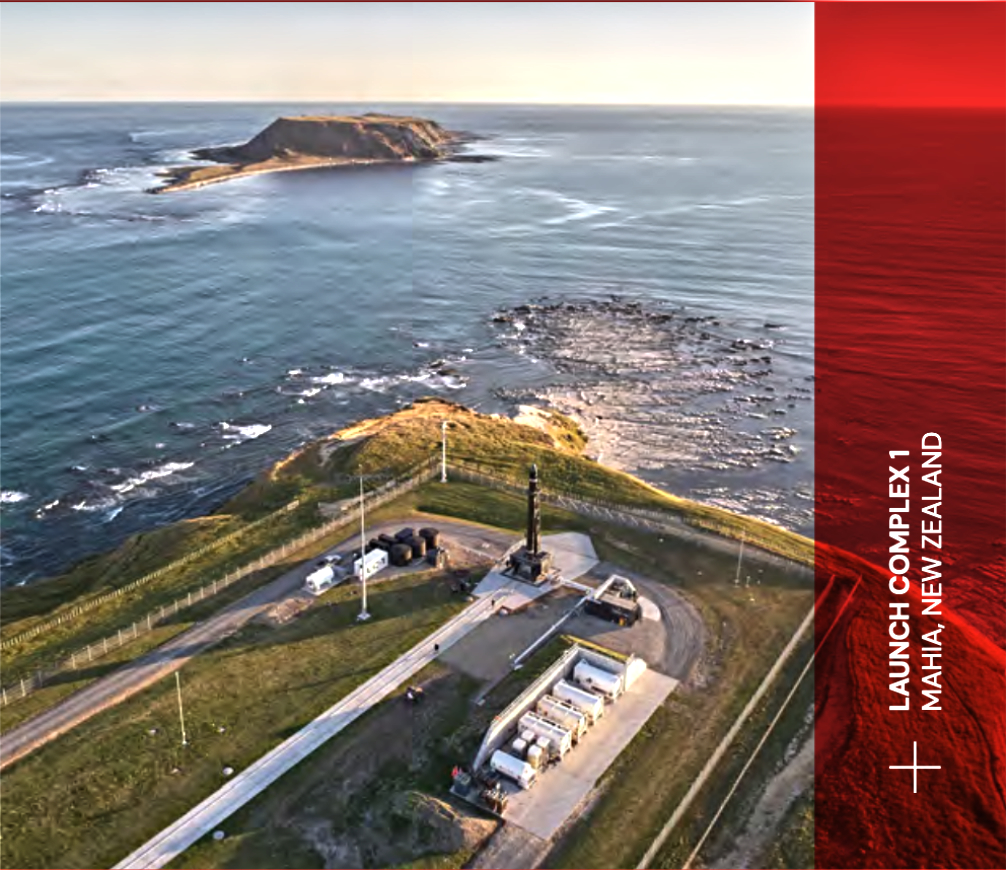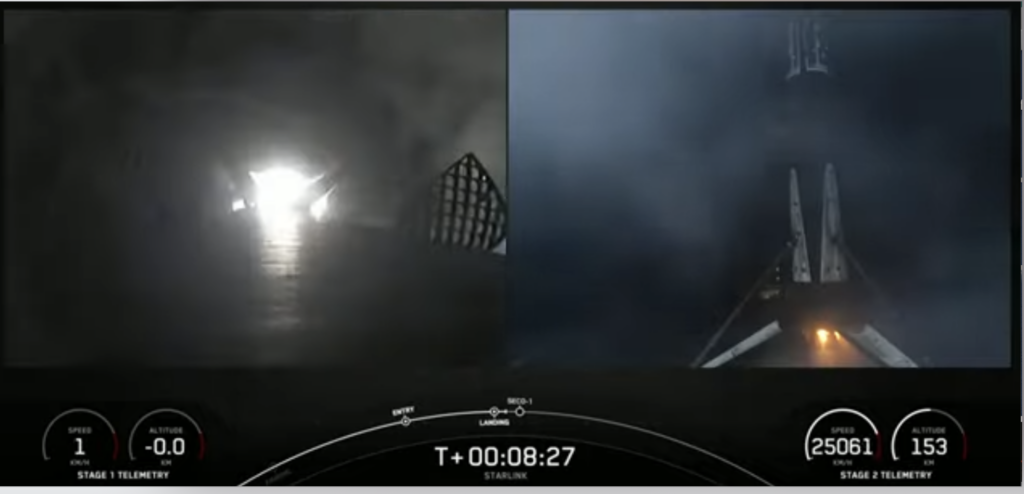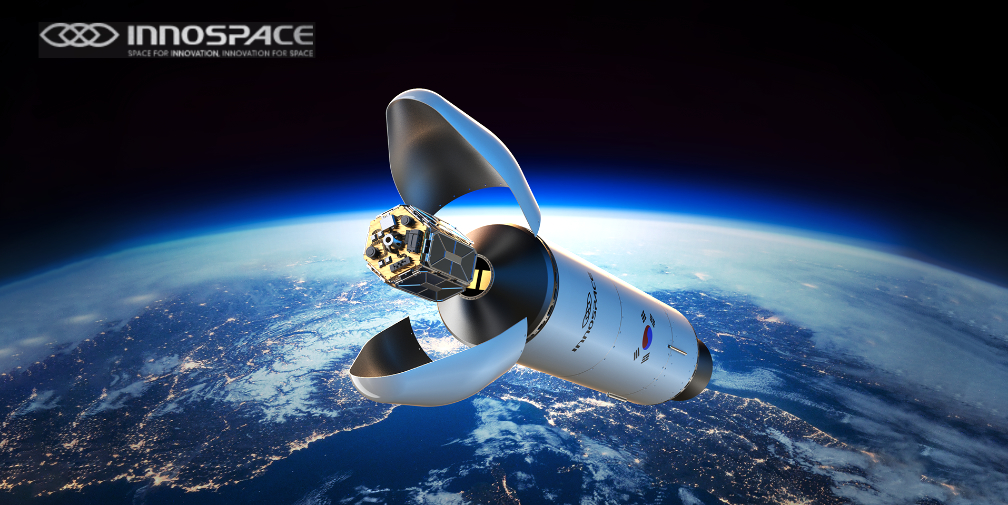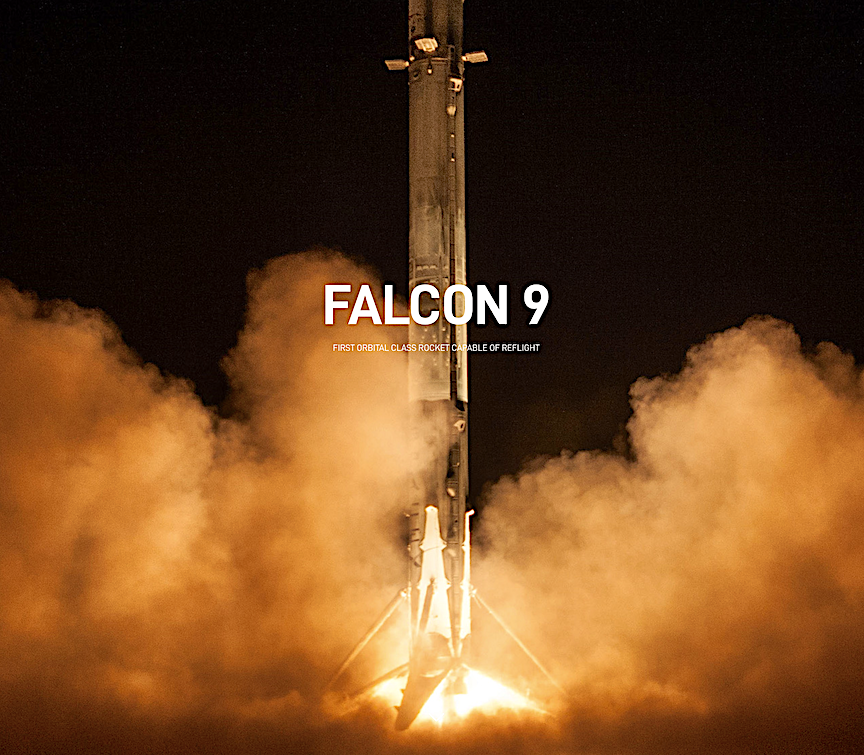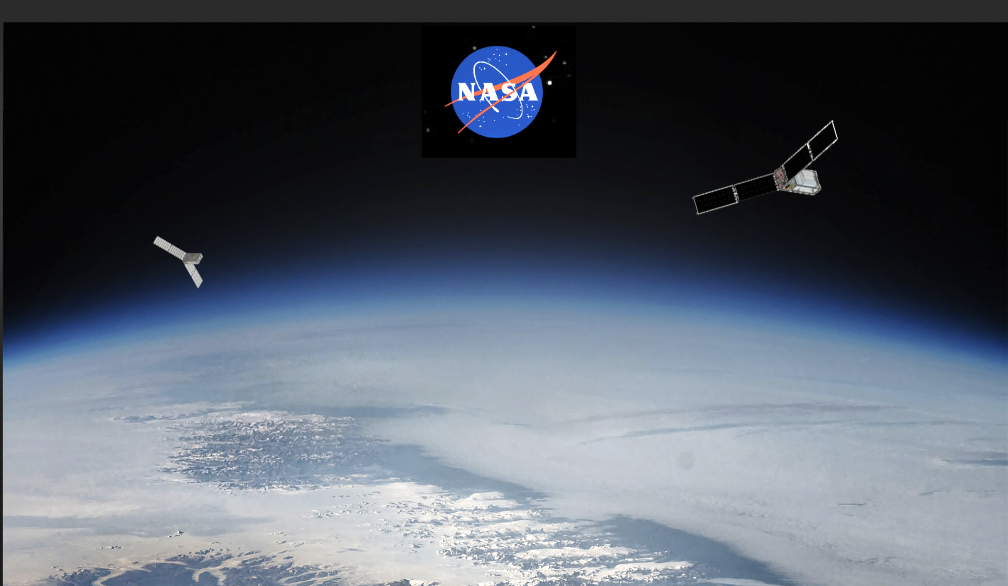
BAE Systems plc has entered into a definitive Stock Purchase Agreement to acquire the Ball Aerospace business from Ball Corporation for c.$5.55 billion in cash, subject to customary closing adjustments.
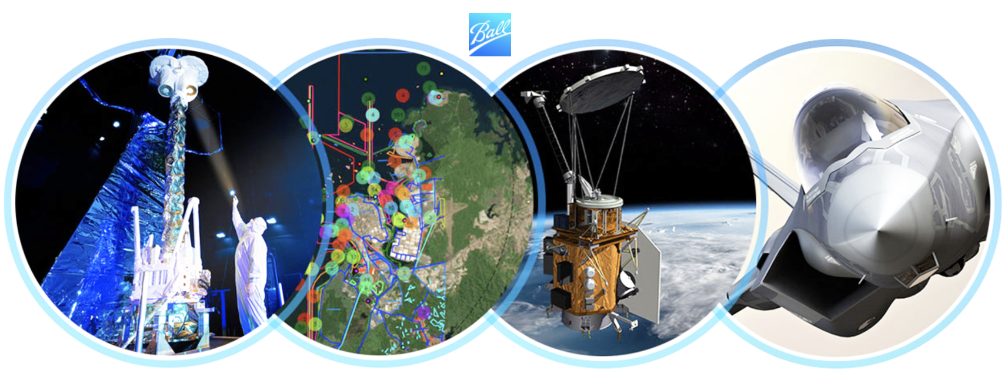
The proposed stock transaction will be treated as an asset purchase for federal tax purposes, with an expected net present value tax benefit of c.$750 million, making the underlying economic consideration for the business c.$4.8 billion. The proposed acquisition will be funded by a combination of new external debt and existing cash resources. The business is headquartered in Colorado, with more than 5,200 employees, of whom more than 60% hold U.S. security clearances.
Ball Aerospace is a unique opportunity to strengthen BAE Systems’ world class multi-domain portfolio…
- Leading provider of mission critical space systems and defence technologies across air, land and sea domains
- Strong growth potential in areas aligned with the U.S. Intelligence Community and Department of Defense’s highest priorities
- Attractive positioning and outlook across military and civil space, C4ISR and missile and munition markets
- Highly complementary fit adding material scale of high caliber space, optical and antenna solutions
- Excellent cultural fit with a long and distinguished track record of innovation and product development
- Substantial investment in world class facilities and capabilities in the last five years to support growth
- Substantial increase to our U.S. classified revenues, offerings and embedded customer relationships
Value enhancing financial effects
- Expected revenue CAGR of c.10% over the next five years with scope to expand margins
- Accretive to margins and earnings per share in the first year post completion including run-rate cost synergies
- Accretive to cash flow per share in the first year
- ROIC expected to exceed WACC within five years post completion
- Multiple of ~13x 2024E EBITDA net of the tax benefit and run-rate cost synergies
- Proposed acquisition to be funded by a combination of new external debt and existing cash resources
BAE Systems structurally compounding investment case
- Attractive and strengthened revenue outlook
- Improved margins and continued expansion potential
- Strong cash conversion
- Consistent with capital allocation policy and allows for continued share buyback activity as announced with the Half Year 2023 results
“The proposed acquisition of Ball Aerospace is a unique opportunity to add a high quality, fast growing technology focused business with significant capabilities to our core business that is performing strongly and well positioned for sustained growth. It’s rare that a business of this quality, scale and complementary capabilities, with strong growth prospects and a close fit to our strategy, becomes available. The strategic and financial rationale is compelling, as we continue to focus on areas of high priority defence and Intelligence spending, strengthening our world class multi-domain portfolio and enhancing our value compounding model of top line growth, margin expansion and high cash generation.We couldn’t be more pleased to have reached this agreement and we look forward to welcoming the employees of Ball Aerospace to BAE Systems as we work together to support our customers and create value for shareholders.” — Charles Woodburn, Chief Executive, BAE Systems








